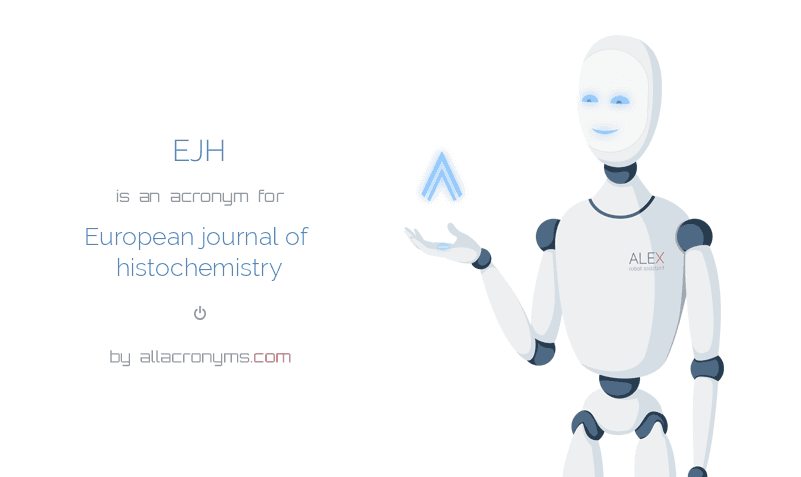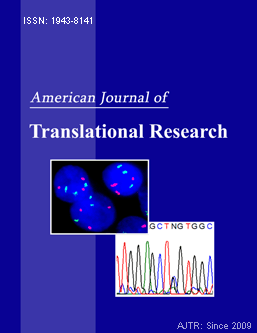1097-0347/asset/olalertbanner.jpg?v=1&s=b1e9cccea11287399cc412745fa4dba015f92b00)
“The endocannabinoids, anandamide (AEA) and 2-arachidonoyl glycerol (2-AG), are considered promising potential anticancer agents. In this study, we examined the anticancer effects of AEA and 2-AG in head and neck squamous cell carcinoma (HNSCC) cell lines. Our results showed that AEA effectively inhibited proliferation of HNSCC cells whereas 2-AG did not. The anticancer effect of AEA seemed to be mediated by a receptor-independent mechanism. Inhibitors of AEA intracellular transportation and transfection of HNSCC cells with fatty acid amide hydrolase, a key enzyme in AEA metabolism, reversed AEA-dependent inhibition of cell proliferation. We found that cyclooxygenase-2 (COX-2) did not mediate the anticancer effects of AEA; instead we observed an increase in reactive oxygen species (ROS) production after AEA treatment. Moreover, antioxidants partially reversed AEA-dependent inhibition of cell proliferation. These findings suggest that AEA might have anticancer effects on HNSCC cells by mediating an increase in ROS levels through a receptor-independent mechanism.” https://www.ncbi.nlm.nih.gov/pubmed/24797795
http://onlinelibrary.wiley.com/doi/10.1002/hed.23727/abstract








